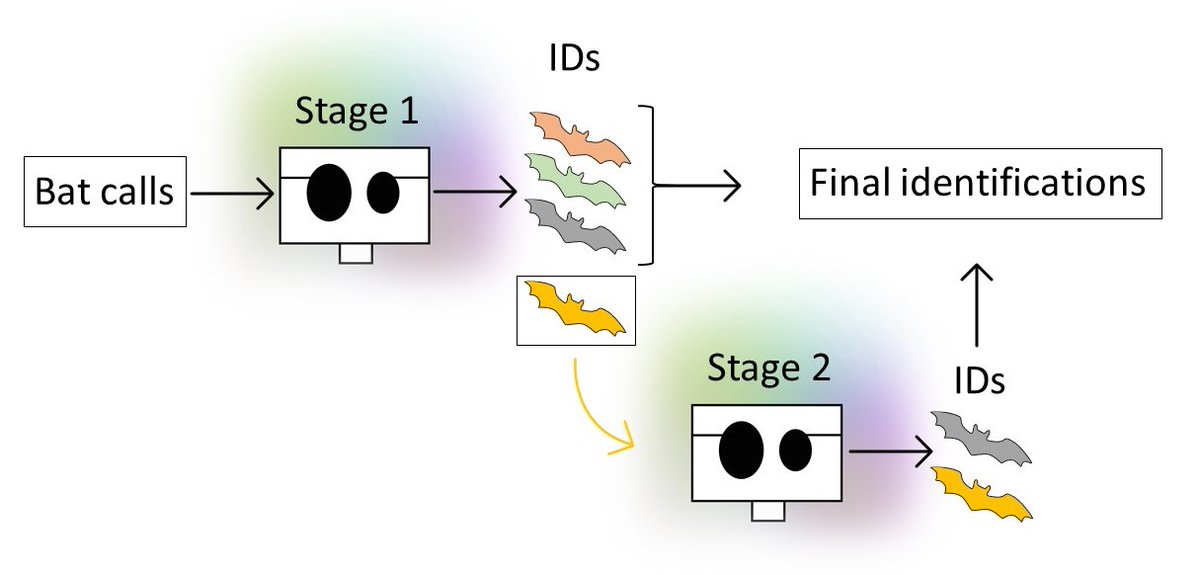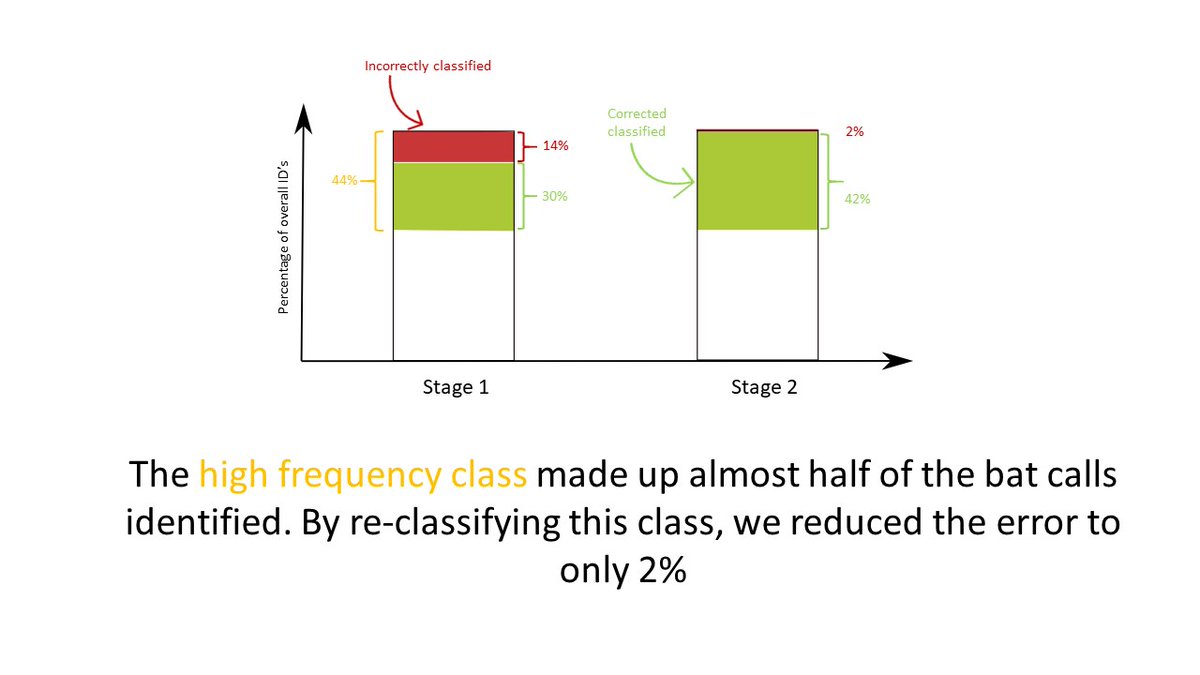1/5 Hi #TropiCon20! I’m a PhD student @DICE_Kent & I’ve been working with researchers across SE Asia to develop a semi-auto ID for indicator bat groups in Borneo 

@mattstruebig @JEBicknell @TiggaKingston @ellen_mcarthur @oli_aylen @EcojoeHuang @fanwaral
Funding @EnvEast


@mattstruebig @JEBicknell @TiggaKingston @ellen_mcarthur @oli_aylen @EcojoeHuang @fanwaral
Funding @EnvEast
2/5 #TropiCon20 Monitoring bat calls is an effective way to monitor  activity but it generates huge datasets. Automated classifiers offer a way to process these & have been used in several megadiverse countries.
activity but it generates huge datasets. Automated classifiers offer a way to process these & have been used in several megadiverse countries.
SE Asia is a megadiverse as a hotspot for diversity
diversity
 activity but it generates huge datasets. Automated classifiers offer a way to process these & have been used in several megadiverse countries.
activity but it generates huge datasets. Automated classifiers offer a way to process these & have been used in several megadiverse countries. SE Asia is a megadiverse as a hotspot for
 diversity
diversity
3/5 #TropiCon20 But bats are not well studied in SE Asia so there was limited data to train our #MachineLearning algorithm
We addressed this by:
-Using #randomforest: less data for performance
performance
-Combining 16 species-specific IDs+ 3 indicator-group IDs
-Adding a 2nd ID stage

We addressed this by:
-Using #randomforest: less data for
 performance
performance-Combining 16 species-specific IDs+ 3 indicator-group IDs
-Adding a 2nd ID stage
4/5 #TropiCon20 When trialled on a testing dataset, we achieved >90% sensitivity for all ID levels 
Overall 1 indicator-group ID was responsible for 38% of the false positives in the 1st stage but by introducing the 2nd stage we reduced this to only 2%

Overall 1 indicator-group ID was responsible for 38% of the false positives in the 1st stage but by introducing the 2nd stage we reduced this to only 2%
5/5 #TropiCon20 Using our design, indicator groups can help infer how lesser-known species are responding to threats 
 This broader ID system can also encompass more spp calls as they become available & be extended across SE Asia
This broader ID system can also encompass more spp calls as they become available & be extended across SE Asia
Follow for future updates! Vid @n8ture_al
Vid @n8ture_al

 This broader ID system can also encompass more spp calls as they become available & be extended across SE Asia
This broader ID system can also encompass more spp calls as they become available & be extended across SE Asia Follow for future updates!
 Vid @n8ture_al
Vid @n8ture_al

 Read on Twitter
Read on Twitter



